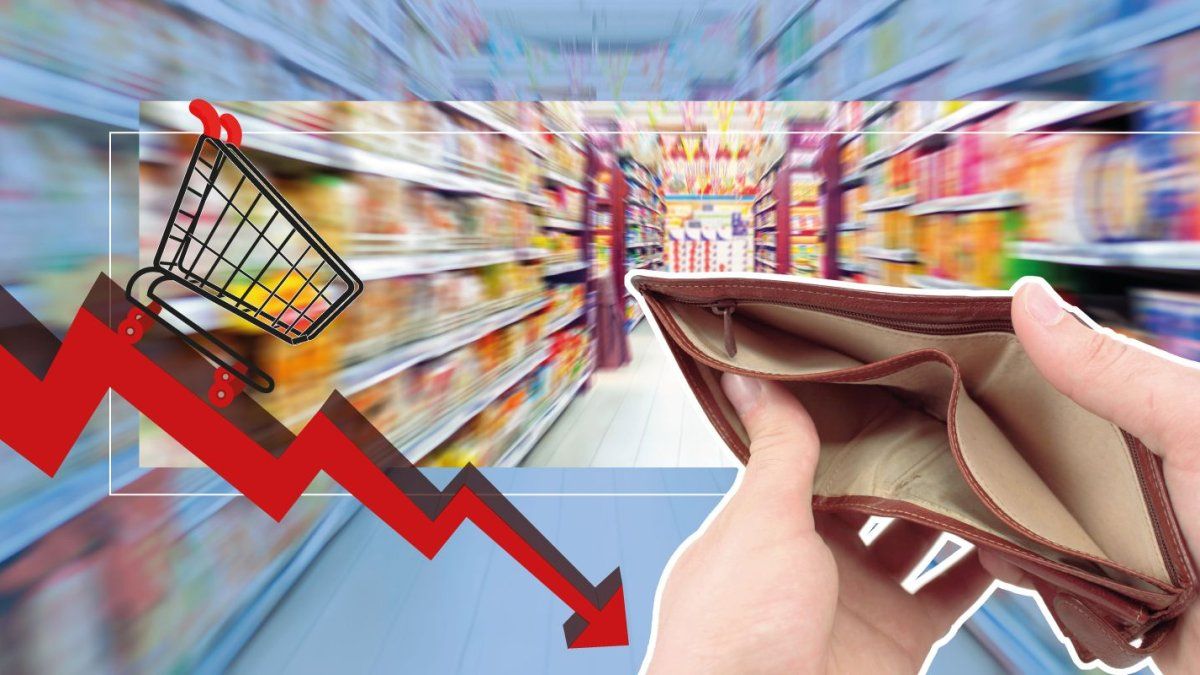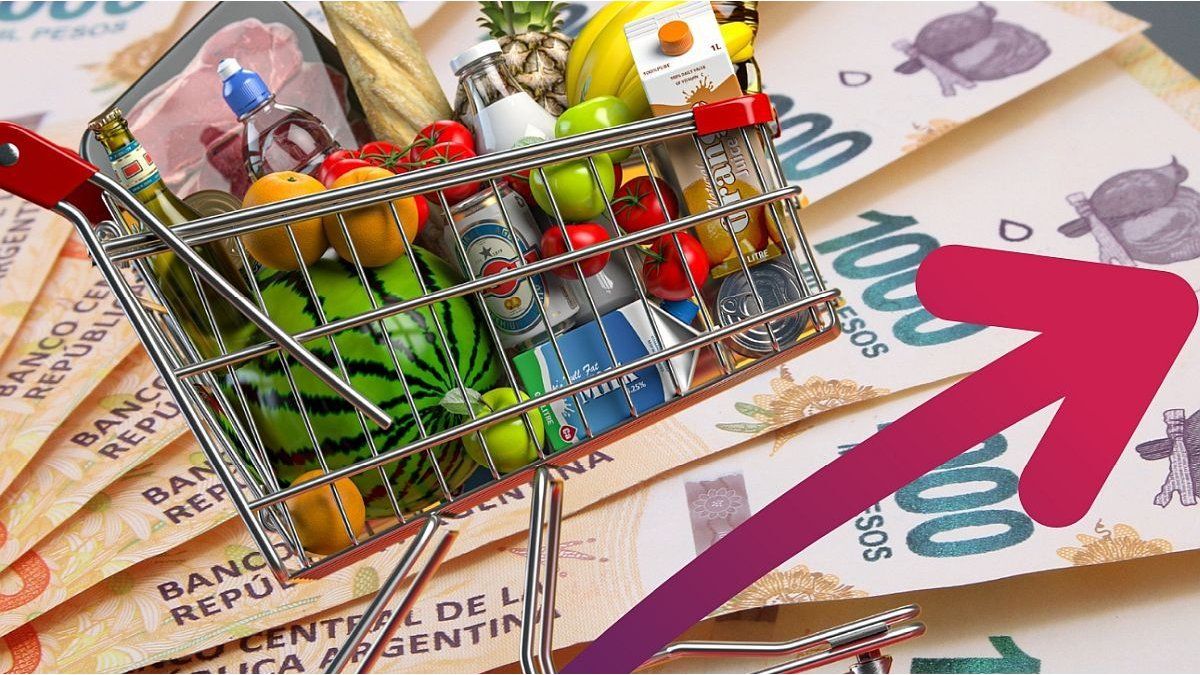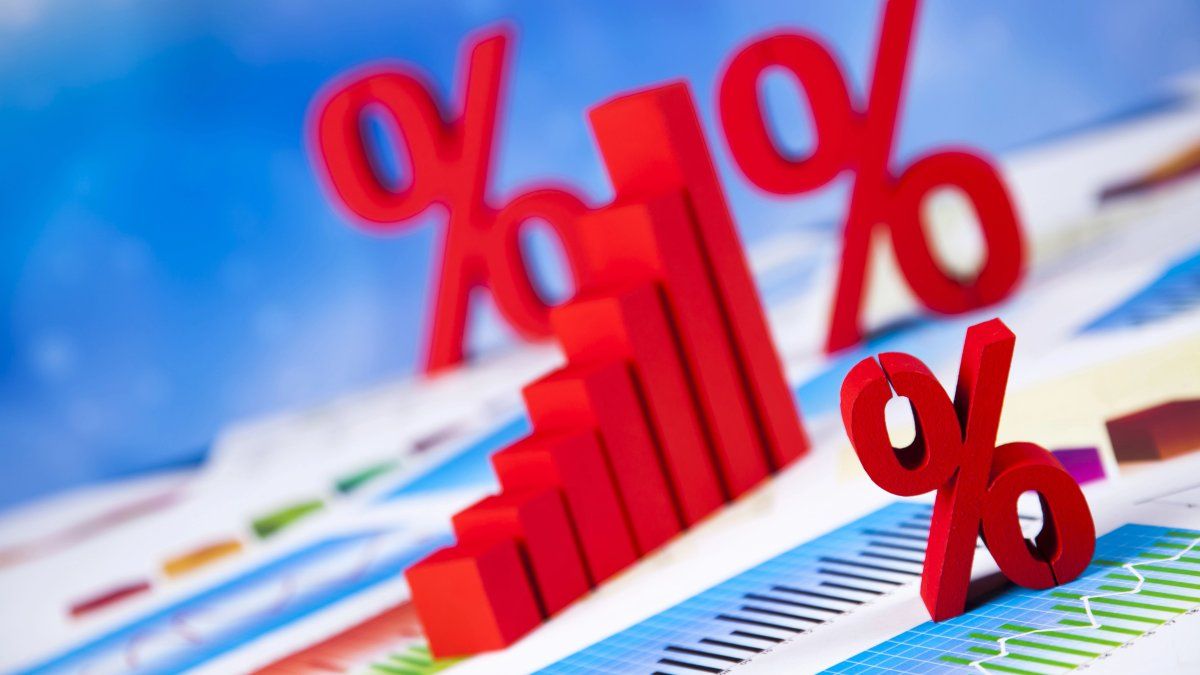Hard data reinforce this perception. According to the Argentine Confederation of Medium Enterprises (CAME)retail sales fell 3.4% interannual during the months of May and June, thus prolonging a deceleration tendency which had started after a first more dynamic quarter.
From the sector they explain that the start of the year had some thrust for the drag of a rebound in the last section of 2024, But from March they began to notice cooling signs. That month, inflation accelerated above what was expected, while adding speculation about an eventual exit from the exchange rate, which fed financial uncertainty during April.
“In May, an inflation of 5%was expected, but nobody knew at what point the dollar was going to be. This uncertainty affected purchase and sale decisions. And beyond that, there is no recovery of real salary. The purchasing power marks a limit that consumption today cannot cross, ”he said Salvador FemeníaCame’s press secretary.
In addition, the most recent report of the consultant PXQ details that Consumption in 2025 showed a more marked recovery in durable and semi -durable goodsbut the non -durable continue with weak performance. Thus, food, drinks and services such as restaurants, especially in CABA, registered falls in the interannual comparison.
Screenshot_20250716_190050_drive
Activity and industry: a partial and heterogeneous recovery
The last data of Monthly Economic Activity Estimator (EMAE) showed growth of 7.7% year -on -year In April, and an advance of 1.9% compared to March. Also the accumulated of the first four -month period closed in positive land, with a rise of 0.9% compared to the same period last year, according to data published by INDEC.
However, this improvement is mainly explained by Low comparison base. By disaggregating by sectors, there is a more unequal situation. Of the branches surveyed by the statistical body, twelve showed improvements, led by financial intermediation (+28.4% ia) and Construction (+17.1%). But three others recorded falls, with strong casualties in fishing (-20.2%) and in electricity, gas and water (-3.4%).
Particularly in industry, recovery is even more fragile. Daniel SchteingartDirector of Productive Planning at Fundar, explains that the sector improved against April, but that drags an important fall in the first quarter, so the industrial production is still 0.7% below December and 1% below the level of November 2023, prior to the assumption of Javier Milei.
In turn, in the accumulated of the first five months of the yearthe industry produced 10% less that in the same period of 2023. “Of the 16 sectors that make up the industrial index, 14 They are still below last year’s levels. The only exceptions are tobacco and “other transport equipment,” described the specialist in his X account.
One of the factors that explain the dynamics of consumption partially growing with a production that does not accompanyIt is the commercial opening. “The imports increased at a faster rate than domestic demandwhich allowed to contain prices in some areas, but at the expense of local production, employment and reserves of the Central Bank, ”says Schteingart.
Román GuajardoPresident Industrial Unión Rosario region, also brings a comment on this look: “What I see is that there are two open fronts. On the one hand, the level of activity and on the other, the profitability. As for the activity, it may be that in some sectors the numbers improve compared to last year, but that was a very loose year. If you look at other more dynamic years, it does not rebound, ”warns the businessman.
As for profitability, Guajardo argues that he continues to go down: “Financing rates are very high, and that worries. Many companies are looking for working capital or stretching payment terms. ”
“This is going to be a difficult year, with electoral decisions in between and an economy that moves very unstable. I think the strong rebound will arrive only in 2026”, Concludes the industrial leader.
Salaries: An anchor for inflation that promises to extend
In parallel, Income still does not recover. In April, the average gross salary reached $ 1,679,334, with a monthly rise in just 0.2%, while inflation was 2.8%. The median salary was $ 1,232,516with a rise of 2.44%, also below the CPI. As advanced, with the available data of May, and according to estimates based on collective agreements, The assets went back.
“The accumulated loss between January and May is around 5.5%, something typical of high inflation contexts. This reflects the recessive and regressive character that the use of salary is having as an anchor to moderate prices, ”he explained Federico PastranaCP consulting economist.
In this scenario, the economist and writer of the book “Economy without fallacies”, Guido Agostinelli, He warned that the second semester will present more challenges than the first: “The second semester I think will bring More difficulties that the first semester of this year. That also depends on the comparison base. The first semester of last year was very bad, so this year it gave much better in interannual terms. But In the second half of last year there was a certain recoveryfor example, of the real salary. Now, on the other hand, we are entering a second semester in which the salary shows a slight downward trend, ”says the writer.
It also assumes that this could be reversed according to the electoral calendar. “One possibility is that the government stops stopping the peers, which could improve the income available a bit. But even if they were released, There is a turbulence of the pre -election period: The dollar is already fluctuating, and if the government does not intervene, we are most likely to see it in the high band of the scheme, ”anticipates the economist.
However, it does not expect volatility to impact inflation significantly: “consumption is depressed. For a devaluation to move to prices, there must be someone who validates those increasesand that requires consumption. It is not only a issue of monetary issuance, ”he says in dialogue with scope.
“There is a clear background: In 2002, with a devaluation of 300%, inflation was only 40%. That happened because consumption was completely ironed, ”concludes Agostinelli.
Source: Ambito




